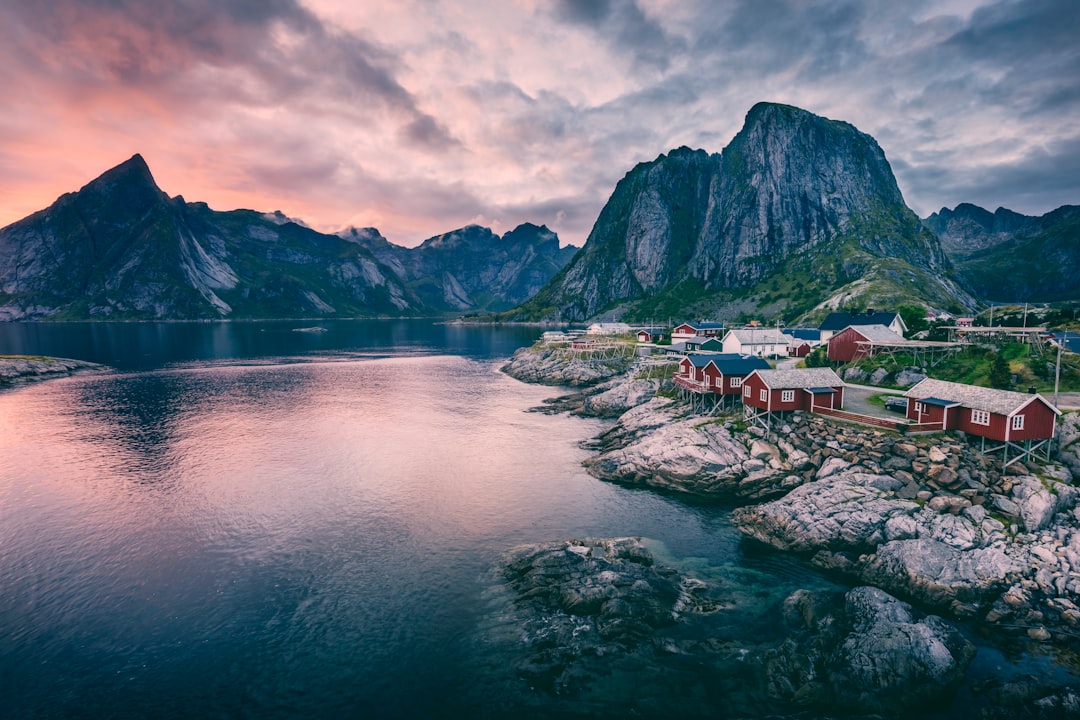What is it about?
The aim of this paper is to present pictorial graffiti executed on the walls of the Northern Church of the Ghazali Monastery located in what is today the Northern Province of Sudan. The graffiti were recorded during research by the Polish-Sudanese mission at the monastic complex. This paper explores the symbolic meanings of the graffiti as well as possible rationales behind their locations. Some of the depictions have overt religious meanings and may be interpreted as “graphic” prayers. This category of graffiti includes representations of Christ, angels, saints, female figures and horse riders. Other depictions seem to refer to daily life in Nubia – the graffiti abound in motifs such as camels, horses, boats and human beings.
Featured Image

Photo by Wolfgang Hasselmann on Unsplash
Why is it important?
The pictorial graffiti from the Ghazali Northern Church have never been studied to date. Graffiti were recorded for the first time during the works of Polish-Sudanese archaeological mission. The study of votive graffiti provides an insight into religious life of the inhabitants of the Kingdom of Makuria. The article is also an attempt to place the pictorial graffiti located on the walls of the Northern Church of the Ghazali monastery in the wider perspective of Nubian Christian iconography and the graphic repertoire of rock art from the Fourth Nile Cataract region dated to the medieval period. It seems that both graffiti and rock art belonged to the same “symbolic universe”, which has resulted from the connection of motifs taken from Christian iconography with the themes, which reflect the reality.
Read the Original
This page is a summary of: Pictorial Graffiti from the Ghazali Northern Church, Sudan: An Overview, Journal of African Archaeology, July 2021, Brill,
DOI: 10.1163/21915784-20210014.
You can read the full text:
Contributors
The following have contributed to this page










